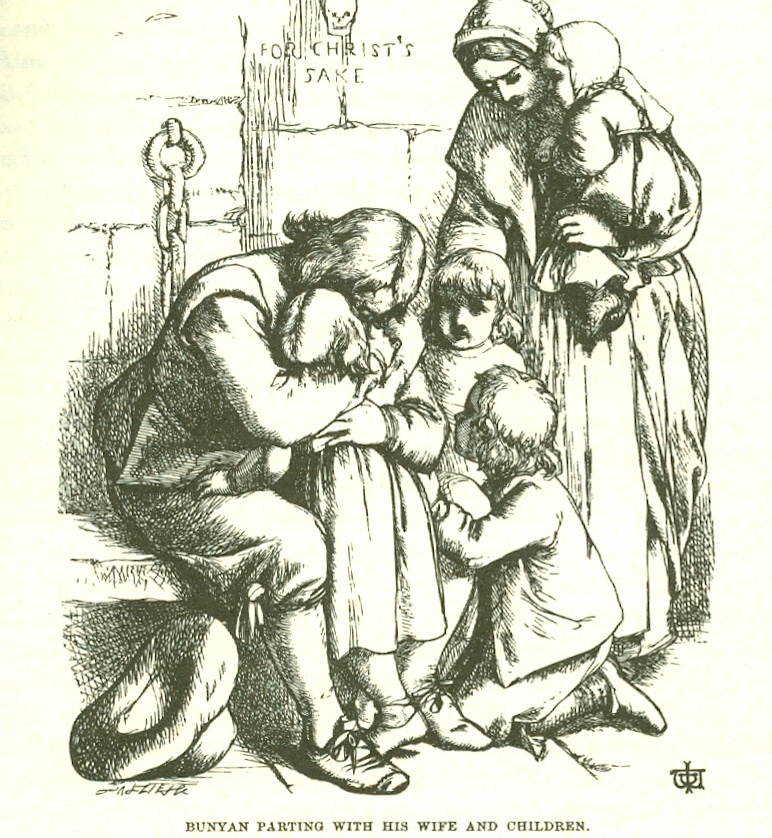FIVE During the fifth day, (vs20-23) God said, “let the water teem with living creatures, and let birds fly above the earth.” Three-fourth of the earth is covered with oceans. At creation, God divided our planet into three distinct spheres, land, sea and air and for each he created creatures, in each case in vast numbers with great variety.
The abundance is mind-boggling. A single herring can produce 68,000 eggs while a carp, 200,00 and a cod as high as four to nine million. It is estimated that one pair of robins could produce 19,5000,000 offspring in ten years is there were no predators. In the seas, microscopic plankton do what plants do on earth; in this case absorbing inorganic chemicals from the sea water and converting them into organic food for sea creatures. They reproduce at such a prodigious rate that they would eventually fill the seas if other creatures had not been created simultaneously to feed on them. (Ibid p. 156, 157,179)
The sea is full of strange wonders from the vast coral reefs of Australia to starfish, shrimp, sharks, and the vast varieties of fish that cruise the oceans or spawn in our rivers. Imagine the archer fish shooting a stream of water with such accuracy that it brings down an insect flying above for supper. Consider octopuses and squid that move by jet propulsion. Or electric eels that shock their prey before devouring them. The whirligig beetle carries a bubble of air attached to its tail allowing it to dive under water while the water spider makes a diving bell of a silken sheet filled with bubbles of air. Whales, the monsters of the sea, measure 50 to 150 feet in length and attain a possible weight of 150 tons and require a ton of food daily.
There are approximately 9000 species of birds that propagate by means of eggs. The egg itself is a marvel, as are the variety of nests, the adaptation of the birds, for example the shape of their bills, their ability to navigate and migrate. The hummingbird will migrate 5000 miles which includes a non-stop flight over the Gulf of Mexico. The bobolink migrate to the pampas of Argentina, an 18,000 round trip.

What about the speed of these living aircraft? Mallards fly at about 30 to 40 miles and hour; homing pigeons, 90. Have you ever watched the antics of the living helicopter, the hummingbird as it hovers, flies backward and forward, up and down?
I’ll leave you to wonder how plankton, whales, and all the other myriad species of the oceans and air, which are so interdependent, could have evolved separately over vast spaces of time. No, God spoke on the fifth day and they were created.
The Psalmist waxes poetic in praise:
How many are your works, O LORD!
In wisdom you made them all:
The earth is full of your creatures.
There is the sea, vast and spacious,
teeming with creatures beyond number
—living things both large and small.
There the ships go to and fro
And the leviathan,
which you formed to frolic thee. (Psalm 104: 24-26)
SIX During the sixth day “God said, ‘Let the land produce living creatures according to their kinds: livestock, creatures that move along the ground, and wild animals, each according to its kind.’ And it was so.”
God created livestock, cattle, sheep, and goats; creeping things such as snakes, lizards, turtles, and crocodiles. He also created wild animals as diverse as kangaroos and beavers, lions and chipmunks. In number, insects at between six and ten thousand species form the largest grouping of living creatures. With beneficial insects in the minority, one wonders if—like the thorns and thistles that appeared after mankind’s fall—annoying insects appeared later.

We marvel at the social organization of a honey bee colony with its queen, drones, and worker bees whose wings beat at 75 beats per second and can hover, move up, down or sideways while they collect pollen to bring back to feed the colony. We marvel even further when we consider the chemical laboratory in the bee’s body that converts the nectar collected into honey and enables it to also create wax to construct the storage cells the colony needs to store the bounty. God could create such a tiny insect that unerringly flies to nectar laden flowers, communicates their location to fellow bees, and finds their way back to their hive in the shortest and straightest line possible. All the while bees are pollinating the flowers so they can produce fruit after their kind. They are but one example of the profound interconnections in God’s creation. Evolved?

There is an irreducible complexity to all living things. They show the evidence of a designer. Their nano mechanisms are made up of complex proteins requiring genetic information at their core. Every cell has numerous mechanisms that operate according to a built-in code. That code is written into the microscopic DNA. The relatively recent discovery of DNA is clear evidence of an intelligent speaker—the Creator, the Word. Indeed, DNA constitutes the longest sentence yet known to man.
In the 1800’s when Charles Darwin was promoting the theory of evolution, some wise thinkers realized it could not be true. Charles Spurgeon wrote, “Any part of the creation has more instruction in it than the human mind will ever exhaust.” Of course, we can understand Darwin’s limitations. He dealt with ideas of a blob of matter before the incredible intricacy of cells, atomic structure, and DNA were discovered.
On that sixth day; “God said, ‘Let us make man in our image, in our likeness …male and female he created them.” In the previous creations, God just spoke and they were created. In making mankind, the Triune members of the Godhead took counsel and said, “let us make man.” God formed man, as it were with his hands, out of dust like the rest of creation but shaping him into a special form, a form that the Son of God would later assume. Then he “breathed into his nostrils and he became a living soul.” Unlike all other creatures, man’s soul comes from God. It is created “in the image of God,” the Imago Dei, which I interpret to mean with a moral, administrative, intellectual, volitional, creative, and probably, relational dimension. For “male and female, he created them,” saying “it is not good that man should be alone.”
The two, Adam and Eve, were very different yet Eve was still, “bone of [his]bones, and flesh of [his] flesh.” God pronounced them not just ‘good” but “very good.” Together they created a perfect balance so that in marriage “the two become one flesh.,” yet each maintains separate functions. This verygoodness included sex with all its purposes including the mating instinct, the desire for children, conjugal love, and the intense pleasure of sexual union.
Originally, God set them in the Garden of Eden “to work it and take care of it” (Gen 2:15). But in a broader sense God appointed them be his regents on earth. “Be fruitful and increase in number; fill the earth and subdue it. Rule over the fish of the seas…birds…over every living creature” (Gen 1:28). God made mankind his divine stewards.
David later writes, “You made him a little lower than the heavenly beings [angels] and crowned him with glory and honor, you made him ruler over the works of your hands; you put everything under his feet…O LORD, our Lord, how majestic is your name in all the earth!” (Psalm 8:5,6,9)
The creation of man was the pinnacle of God’s creation. The Imago Dei in all humans forms the foundation of our unity with all mankind and dispels any notion of racial superiority. Out of the created potential within us, mankind has made great strides both upward in science, technology, and understanding while also taking the human race down, down into depravity, war, cruelty, prejudice and evil. Can we really envision artificial intelligence creating a humanoid form—Humo Dei that will be unpolluted by depravity? Will the worship of man soon follow? Fortunately God is sovereign over time, directing all things toward the great re-creation at his coming.
Instead of exploiting our creative potential for our own glory or for ill, let us consecrate it to the service of the creator.
(Let me know your thoughts on this subject. If you appreciate this blog, please pass it on. If I can help you spiritually, let me know. Further articles, books, and stories at: Facebook: Eric E Wright Twitter: @EricEWright1 LinkedIn: Eric Wright ; Eric’s books are available at: https://www.amazon.com/Eric-E.-Wright/e/B00355HPKK%3Fref=dbs_a_mng_rwt_scns_share)


















